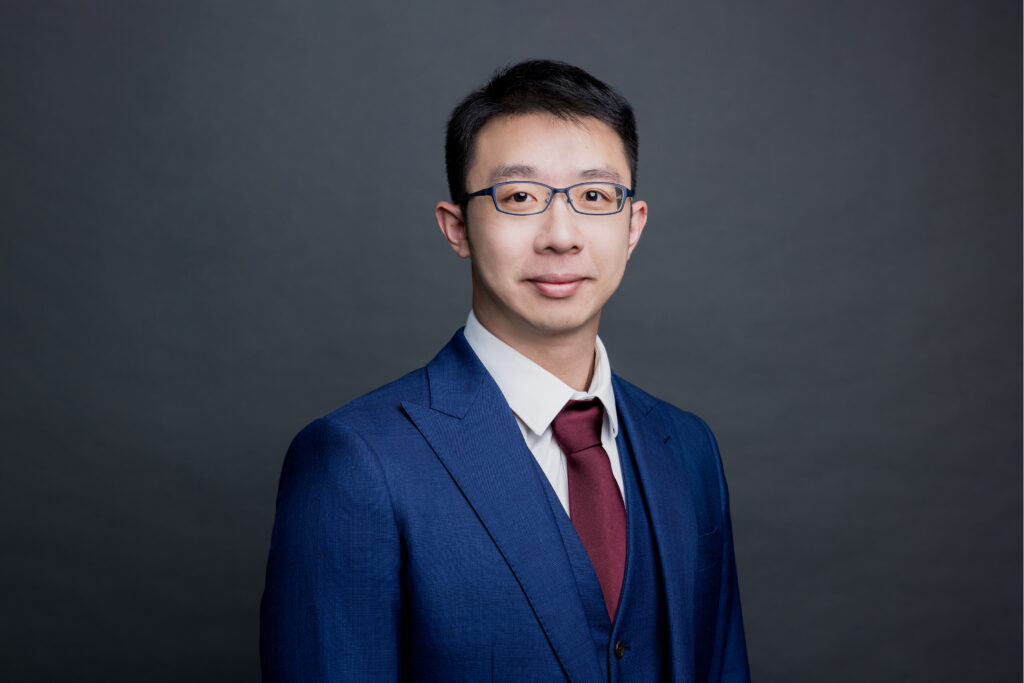I recently had the opportunity to attend the ASEAN Circular Plastics Summit 2024 in Kuala Lumpur. For some time, the EU and U.S. have been the focus of conversations about circular plastics, which is expected as these geographies are centers of innovation for advanced plastic recycling and have, especially in Europe, some of the most comprehensive circular legislation in the world. However, decisive actions from regional players in APAC are necessary to resolve the global plastic pollution problem. The Association of Southeast Asian Nations (ASEAN), more specifically, includes 6 of the top 10 contributors of plastic pollution in the world’s oceans. As indicated by the rapid growth of advanced plastic recycling projects in the ASEAN region, there is a flurry of activity to modernize waste management systems. I recently had the opportunity to meet with local stakeholders in the plastic recycling value chain. Here are my top three takeaways from the event:
ASEAN countries are rapidly picking up on extended producer responsibility (EPR). EPR is a program where organizations that put plastic packaging into a market become responsible for its proper disposal. Countries including Malaysia, Vietnam, and the Philippines have already started soft launches of national EPR schemes through voluntary programs, which will help smooth the transition to mandatory EPR. In a session on EPR in the Philippines, I was surprised to learn the Philippines sees biodegradable materials as a viable pathway to meet waste reduction targets when the EU has been very cautious with the role of biodegradable materials in the circular economy. However, what constitutes “biodegradable” and the impact of transitioning from conventional plastics to biodegradable alternatives on plastic consumption are still up for debate.
The informal waste management sector will be a key challenge to overcome in the ASEAN region. EPR aims to organize and fund the waste management system, but it becomes complicated when the informal waste collection sector is a significant player in the local waste management system. This is because informal waste pickers focus on collecting only valuable “recyclables,” but EPR schemes encompass all packaging regardless of recyclability. Producer responsibility organizations and local lawmakers must be careful when integrating the informal waste collection sector into the national EPR program, as the social implications will be vast. For example, over 90% of Vietnam’s recyclable plastic waste is processed by the informal sector, which consists of up to 16,000 workers. If exclusive EPR programs marginalized the informal sector, it could lead to a downward spiral into a social crisis starting with these workers losing their jobs and livelihoods.
Interest in advanced recycling technologies in the region is high, but outlooks on these technologies are overly optimistic. While technology developers at the conference alluded to the need for feedstock management and purification technologies, the general message was, “we know there is a problem, but we already have the solution.” Sharing my concerns about pyrolysis oil contaminating steam cracker catalysts with a conference attendee from the catalyst business of a major chemical company, his response was that they have already developed special cracking catalysts suitable for pyrolysis oil. It would be welcome news for the chemical industry if technology developers have indeed cracked the code (pun intended) for overcoming the operational hurdles to plastic pyrolysis scale-up, but I would keep my hopes in check until refiners walk the talk by blending more than 20% pyrolysis oil in their steam cracker feedstocks. With more than a million metric tons of plastic pyrolysis capacity expected globally by 2025, refiners will soon be unable to use the low availability of pyrolysis oil as an excuse for low blending ratios.
Please feel free to reach out if you have any questions about the ASEAN Circular Plastics Summit 2024 or advanced plastic recycling more broadly.
